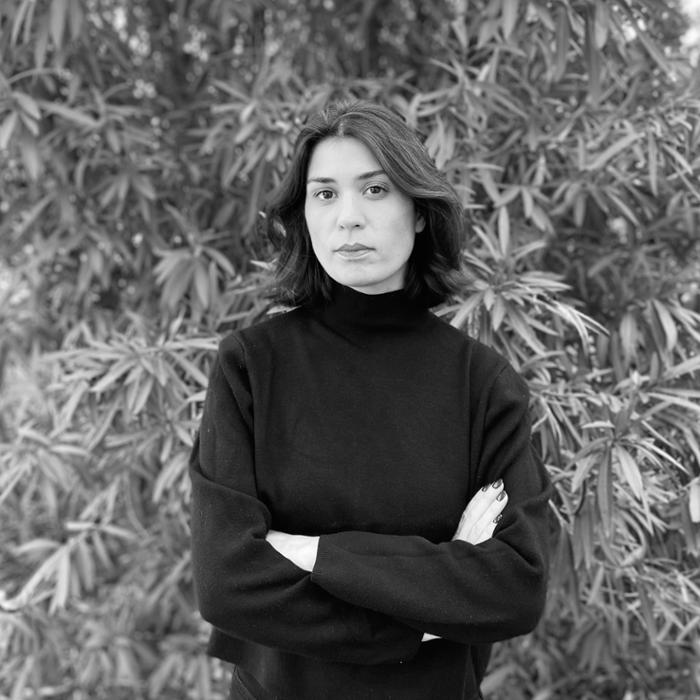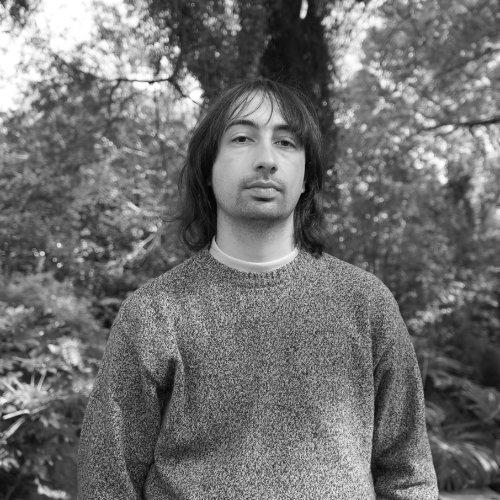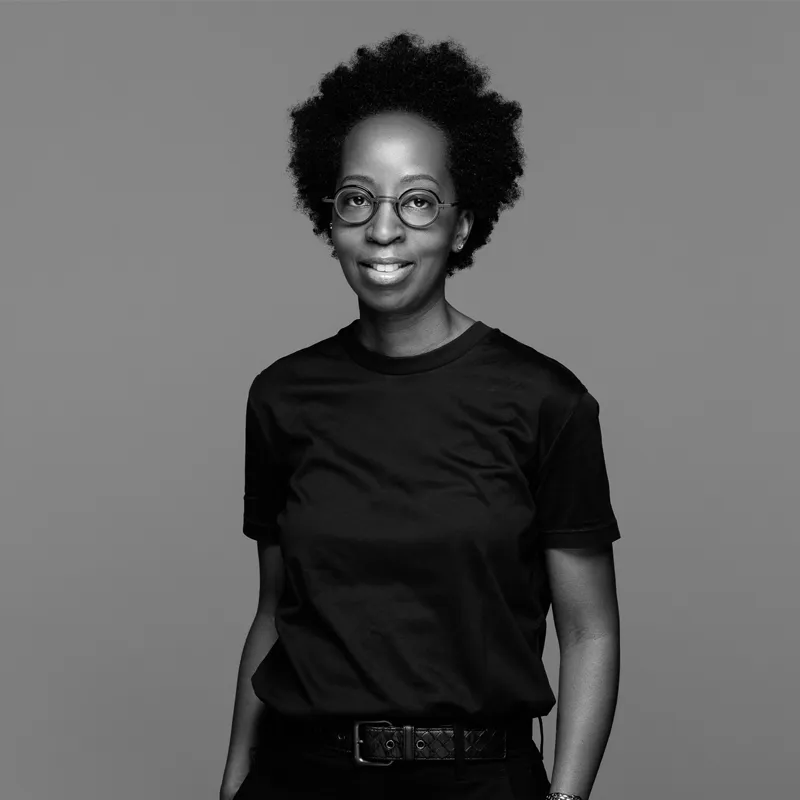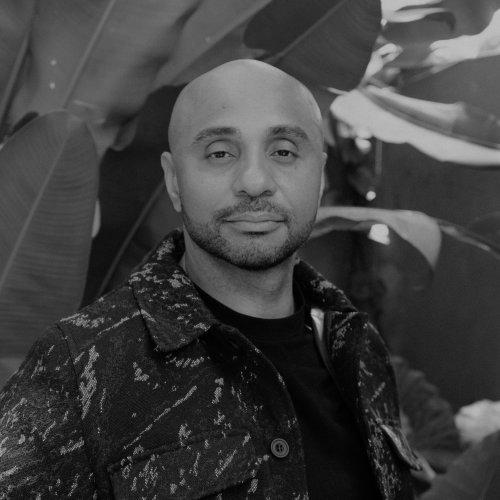Sofia Lanusse
Opening Lisboa
Opening Section
Arcolisboa 2025
18Eighteen years ago, user “unboxit” posted the video Unboxing Ceremony of Nokia E61 on YouTube, the first known unboxing video. In just 1one minute and 26twenty-six seconds, a man opens a box containing a newly released mobile phone and shows what’s inside. This simple act—opening a new product on camera—kicked off a trend that started in the tech world, where people were eager to see the latest gadgets before buying them. As the format grew, it spread to other areas like fashion, toys, and luxury items, with videos becoming more polished and personal. By the 2010s, unboxing videos had become hugely popular. People enjoyed the feeling of experiencing something new without having to buy it themselves.
Nowadays, unboxing videos have shifted into increasingly abstract territory, moving away from the traditional product reviews to focus almost entirely on the thrill of the reveal. Instead of showing off the latest phone or shoes, many videos now focus on opening unknown or forgotten items provided by companies—like mystery boxes, lost mail, or returned packages—just to see what’s inside.
Deep down, unboxing videos have always been about a ceremony of mystery. To tear into such cryptic enclosures is to dismantle the symbolic structures that define anticipation and the allure of the unknown. Alongside food, sleep and love, we depend on surprise as much as any other basic need, it is the fuel which nourishes the gears of thought and widens our scope of expectation. The moment of revelation is not just about the object inside, but about the emotional architecture built around suspense and release.
So much of artistic effort depends on the unpacking of expectations. Most often we equate this phenomenon with “freshness” or “newness”, and typically associate it with youth. But novelty, as an incredibly complex concept, is by definition elusive and resists any type of standardisation. In art, the “new” cannot be considered as a mere adjective but should instead be perceived as a force in motion—a pendular swing which pulls you along, like the ebb and flow of waves. This sense of newness goes beyond any number, age, or type of categorisation; think how we constantly reframe the past as future, how we reconsider older artists who may have been previously overlooked or underappreciated, but whose work still pulses with a sense of relevance, reinvention, or delayed innovation.
In scenarios of overexposure—such as art fairs—feelings like novelty can be hard to trace and attention can be stretched thin due to the sheer density of visual and conceptual information. The Opening Section seeks to contradict that consequence by offering a slower, intentional space of encounter— an area designed for proximity. This is echoed by the fact that the section exists in a building adjacent to the main fair, both physically and conceptually set slightly apart. It is part of the whole, yet intentionally surrounding—an echo chamber for works that thrive on nuance, intimacy and the slow build of revelation. In this way, the Opening Section mirrors the unboxing ritual itself: a quiet threshold where what is “new” isn’t immediately obvious, but rather unfolds through attention, gesture, and the pleasure of not yet knowing.
Gathering a selection of seventeen international exhibitors —three returning from last year and 14 fourteen participating for the first time—Opening offers a space that resists the rush. In a world flooded with fast-moving images and constant stimulation, it invites us to slow down, to notice, and to engage with the quieter layers of experience.
Curators :
As Formas do Oceano
How many forms does the saltwater that makes up the Atlantic Ocean have? What happens when artists from different Atlantic ports take up space at the heart of the city of Lisbon?
These and other questions are among the many that arise from the presence of a collection of galleries from the various Africas, Americas, and Europes.
What the shapes of the ocean seem to reveal is an artistic production of great sophistication which, since its inception, has flirted with a dimension that transcends national borders and expands transnationally, bringing together experiences that affirm the centrality of Black poetics in the international contemporary art scene.
During Arco Lisboa, players from different parts of the global art world will have the opportunity to deepen their relationship with a kind of artistic production that is inevitably born with the language and tongue of the ocean—an ocean that, in many ways, invented the Western modern experience. That this should happen from Portugal is yet another piece of evidence that the forms of the ocean are both fierce and poetic.
Bringing together artists and galleries that connect the idea of Black America to a broader perspective of the world’s Atlantic dimension is one of the curatorial aims that helps us understand the different ways in which the poetic experience of Black people is crafted. There are, undoubtedly, artistic practices of extreme rigour, presented here not only through their affinities but also through their distinctiveness.
This curatorship stems from a dialogue between two curators and seeks to explore these (dis)connections in the field of visual arts—poetic exchanges between African, Afro-diasporic, and Brazilian artists. It is conceived with an expanded view of Afro-Atlantic relations, not confined merely by territory or geography.
Paula Nascimento & Igor Simões
Curators :








